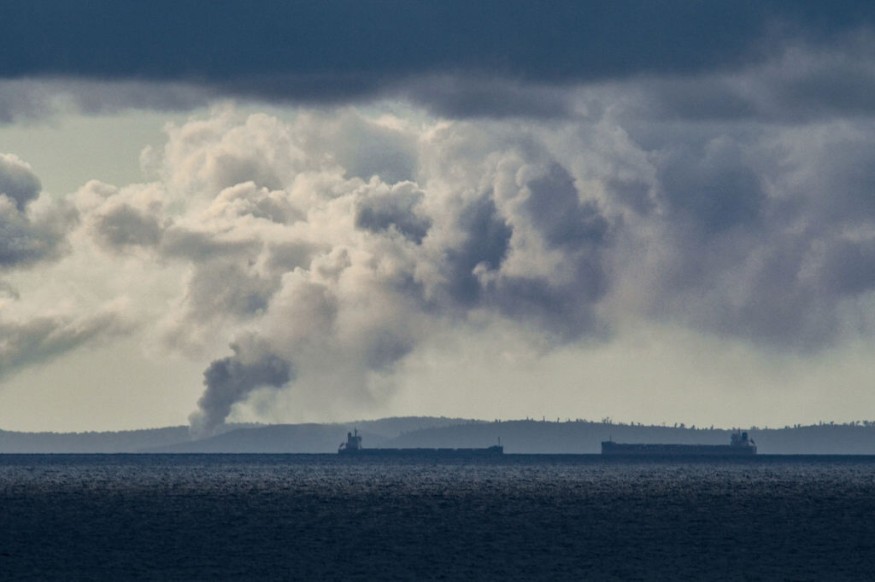The Krakatoa eruption in Indonesia in 1883 had caused atmospheric waves or atmosphere waves, which made the atmosphere ring like a bell.
Following the recent Tonga eruption on Jan. 15 this year, interests surrounding the phenomenon of atmospheric waves were revived.
The Krakatoa eruption and the Tonga eruption have resulted in increased interest in atmospheric waves.
Some scientific community members go back 200 years ago and analyzed how the 1883 eruption caused the atmospheric phenomenon.
The 1883 Krakatoa Eruption in Indonesia

On Aug. 26, 1883, a catastrophic eruption occurred at Mount Krakatoa in Indonesia.
The eruption was followed by a series of explosions, which led to the emission of lava and ash.
The eruption killed around 36,000 people and destroyed hundreds of communities, as per the National Oceanic and Atmospheric Administration - National Centers for Environmental Information.
Similar to the recent Tonga eruption, the 1883 eruption also released global-scale atmospheric waves, which have become the phenomenon of interest amongst members of the scientific community both of the contemporary period and the past.
Also read: Following Volcanic Eruption in Tonga, Residents Brace for Acid Rain Which May Pollute Drinking Water
Growing Interest in Atmospheric Waves
Studies on atmospheric waves have increased following the 1883 eruption.
This pressure of waves reportedly follows the curvature of the Earth; enabling it to travel thousands of miles away and circumnavigate the globe, as exemplified by the 1883 eruption.
Over the past century, scientists investigated atmospheric waves and their impact on the atmosphere.
Following the 1883 Krakatoa eruption, scientists have reported atmospheric waves and airwaves emanating from major volcanic eruptions of the 20th and 21st centuries.
The first records of the phenomenon of eruption-caused waves throughout the atmosphere occurred several years after the 1883 eruption of Mount Krakatoa.
Although technology and communication were limited during that time, scientists were able to detect its impact across the world.
Report on the 1883 Eruption
Scientists published a report in 1888 containing their observations and findings of the Krakatoa eruption.
The report is considered to be the first official documentation of the phenomenon of atmospheric waves from explosions or eruptions.
The 1888 report was conducted by the Royal Society (Great Britain), the Krakatoa Committee, and other authors.
Its copy was retrieved from the Harvard University library and digitized by Google, and will be followed by a series of related studies on atmospheric waves in the decades to come.
The earliest report relating to the 1883 Krakatoa eruption showed that scientists were able to produce a world map of the pressure that came from the Krakatoa eruption.
Aside from the emission of volcanic materials, including lava and volcanic gas, Krakatoa reportedly released a pressure making Earth's atmosphere ring like a bell during that time.
The pressure from the 1883 Krakatoa eruption consisted of very low-frequency soundwaves.
These atmospheric soundwaves navigated the globe at least three times.
The atmospheric waves are of great interest since it also affects the world's climate system, as per the Planetary Society organization.
The same phenomenon of atmospheric waves also occurred during the eruption of the underwater volcano in Tonga, the Hunga Tonga-Hunga Ha'apai, on Jan. 15.
Its eruption caused a widespread tsunami and large-scale atmospheric waves across the planet.
Related article : Trapped Atmospheric Waves May be Responsible for Recent Weather Extremes
© 2025 NatureWorldNews.com All rights reserved. Do not reproduce without permission.





